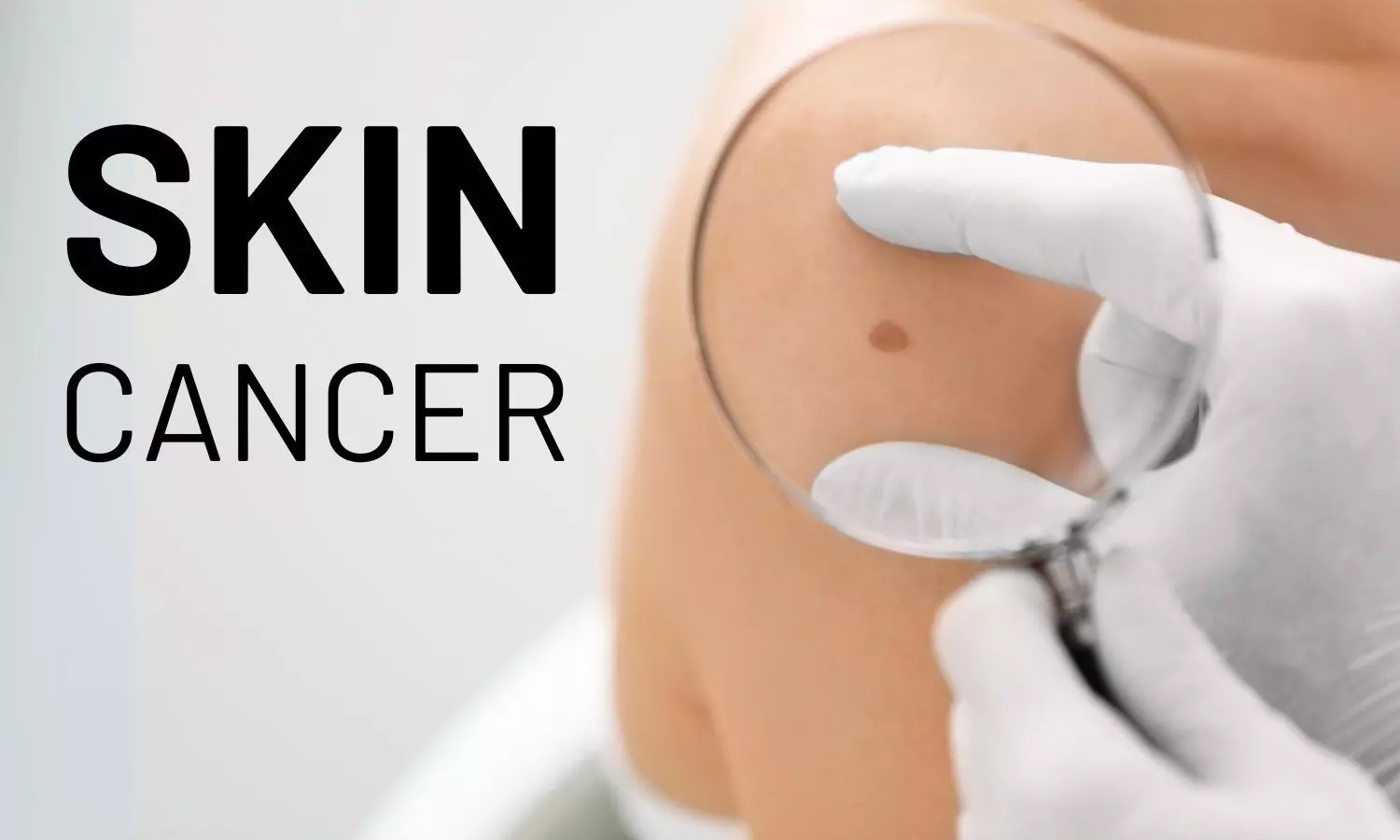Skin Cancer: Understanding Risk Factors and Treatment Options

Learn about skin cancer, including its causes, risk factors, and effective treatment options in this detailed guide.
Skin cancer is one of the most common forms of cancer, affecting millions of people globally each year. Despite its prevalence, many individuals remain unaware of the risk factors and the available treatment options. In this article, you will learn about the dangers of skin cancer, its causes, preventive measures, and treatment options. With proper knowledge and details about skin cancer, you can take proactive steps to protect yourself. It will also help you recognise potential warning signs early, which can be critical for successful treatment.
What Is Skin Cancer?
Skin cancer occurs when abnormal cells in the skin grow uncontrollably. While most cancers can develop inside the body, skin cancer forms on the outer layers of the skin, making it more visible and, in many cases, more treatable when detected early. The three major types of skin cancer include
1. Basal cell carcinoma (BCC) is the most common type of skin cancer and generally grows slowly. It typically forms on sun-exposed areas of the skin, such as the face, neck, and hands.
2. Squamous cell carcinoma (SCC) – The second most common type of skin cancer, squamous cell carcinoma, also appears in sun-exposed areas of the body. However, it can grow more aggressively than basal cell carcinoma.
3. Melanoma – While less common than BCC or SCC, melanoma is the deadliest form of skin cancer. It can develop anywhere on the skin, often appearing as a new mole or a change in an existing mole.
Risk Factors for Skin Cancer
Certain factors increase the likelihood of developing skin cancer. While some of these risks are within our control, others are not. It's essential to understand these risk factors to minimize exposure and protect our skin as much as possible.
1. UV Radiation Exposure
The primary risk factor for all forms of skin cancer is exposure to ultraviolet radiation from the sun or tanning beds. UV radiation damages the DNA in skin cells, leading to abnormal cell growth. The more time you spend unprotected in the sun or under tanning lamps, the higher your risk of skin cancer.
2. Skin Type
Individuals with fair skin, light hair, and light-colored eyes are more susceptible to skin cancer. This is because lighter skin has less melanin, the pigment that helps protect against UV radiation. Those who freckle or burn easily also face a higher risk.
3. Family History
A family history of skin cancer, especially melanoma, can increase your risk. If you have a parent or sibling who has been diagnosed with skin cancer, you may be genetically predisposed to the disease.
4. Age
As we age, our skin accumulates more damage from the sun. Skin cancer is more common in older adults, although it can develop at any age, particularly in people who have spent significant time outdoors or used tanning beds regularly.
5. History of Sunburns
Frequent, severe sunburns during childhood or adolescence can greatly increase the risk of developing skin cancer later in life. Even a few blistering sunburns can lead to long-term skin damage.
6. Moles and Skin Growths
Having a large number of moles or abnormal moles (dysplastic nevi) increases the risk of melanoma. Individuals should regularly check their skin for any new or changing moles, as early detection can significantly improve treatment outcomes.
Symptoms of Skin Cancer
Detecting skin cancer early can be lifesaving. Here are some major signs to watch for.
- New growths or sores that don’t heal after several weeks.
- Changes in existing moles, including changes in size, shape, colour, or texture.
- Lumps or bumps on the skin that are red, pink, or translucent in colour.
- Rough, scaly patches that bleed or itch.
Treatment Options for Skin Cancer
The treatment for skin cancer depends on the type, stage, and location of the cancer. Fortunately, many forms of skin cancer, especially when caught early, can be effectively treated.
1. Surgical Removal
Most skin cancers are removed surgically. The surgeon cuts away the cancerous tissue, often including a small margin of healthy skin, to ensure no cancer cells are left behind. For small, early-stage cancers, this procedure can be quick and minimally invasive.
2. Mohs Surgery
Mohs surgery is a precise surgical technique used for more difficult or recurrent skin cancers. The surgeon removes the cancer layer by layer, examining each layer under a microscope until no abnormal cells remain. This method spares as much healthy skin as possible.
3. Radiation Therapy
Radiation may be used to treat skin cancer when surgery isn’t an option or in cases where the cancer has spread to other parts of the body. This treatment uses high-energy rays to destroy cancer cells.
4. Topical Treatments
For certain types of early-stage skin cancers, such as superficial basal cell carcinoma, doctors may prescribe topical creams or ointments. These medications stimulate the immune system to attack cancer cells or directly kill the cells.
5. Chemotherapy
While chemotherapy is less commonly used for skin cancer, it may be an option for cases where the cancer has spread. Topical chemotherapy is sometimes used for cancers limited to the top layers of skin, while systemic chemotherapy is used for more advanced cases.
6. Immunotherapy
Immunotherapy helps the body’s immune system recognise and fight cancer cells. Drugs like checkpoint inhibitors have shown promise in treating advanced melanoma by boosting the body’s natural defences against the disease.
Skin cancer is a serious but often preventable condition. You can reduce your risk and increase your chances of early detection by understanding the risk factors and staying vigilant about changes in your skin. Whether through sunscreen, protective clothing, or regular skin checks, small steps can make a big difference in protecting your skin from cancer. And remember, if you notice anything unusual, don’t hesitate to seek medical advice, as early detection saves lives.














